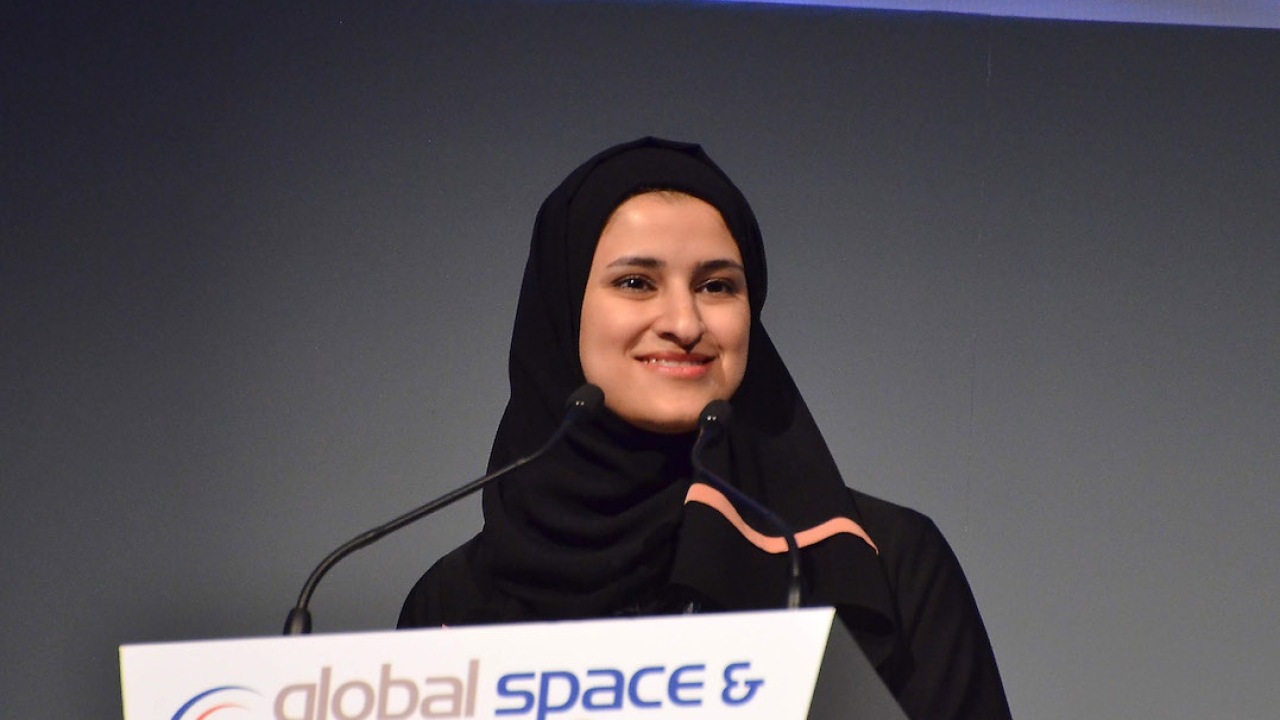DubaiSat-1 relays images of Cape Town city

Cape Town is the economic centre of South Africa’s Western Cape Province, the region’s manufacturing hub. The FIFA World Cup held in South Africa in 2010 triggered a real estate and construction boom in Cape Town. The city’s infrastructure is expected to grow further in the coming years, driven largely by rapid population growth, tourism, mining activity, and the recent discovery of oil and gas off the Atlantic coast.
DubaiSat-1 was a joint project between the UAE and South Korea, and during its development the focus was on knowledge transfer to the UAE team and its participation in building the satellite. EIAST had launched DubaiSat-1 in July 2009, and since then the satellite has been transmitting images that are of great value in several areas.
Its relatively high spatial resolution complements existing Geographic Information System (GIS) databases and enables more efficient monitoring of various environmental changes, and managing natural hazards, in addition to identifying the quality of water in the Gulf region.
The second project of EIAST, DubaiSat-2 is a joint development programme between EIAST and Satrec Initiative of South Korea, in which 16 UAE engineers have been working on the design, development, testing and manufacturing of the satellite. The participation of the UAE engineers who are currently working in South Korea has increased by 100 per cent from the DubaiSat-1 project and it is hoped this will take EIAST to the next level in satellite development.
DubaiSat-2 will be launched on board a Dnepr Rocket through the Moscow-based International Space Company Kosmotras (ISCK) from Yasny Cosmodrome in Russia by the fourth quarter of 2012, as part of a clustered launch, in which DubaiSat-2 will be the primary satellite on board.
Stay up to date
Subscribe to the free Times Aerospace newsletter and receive the latest content every week. We'll never share your email address.

